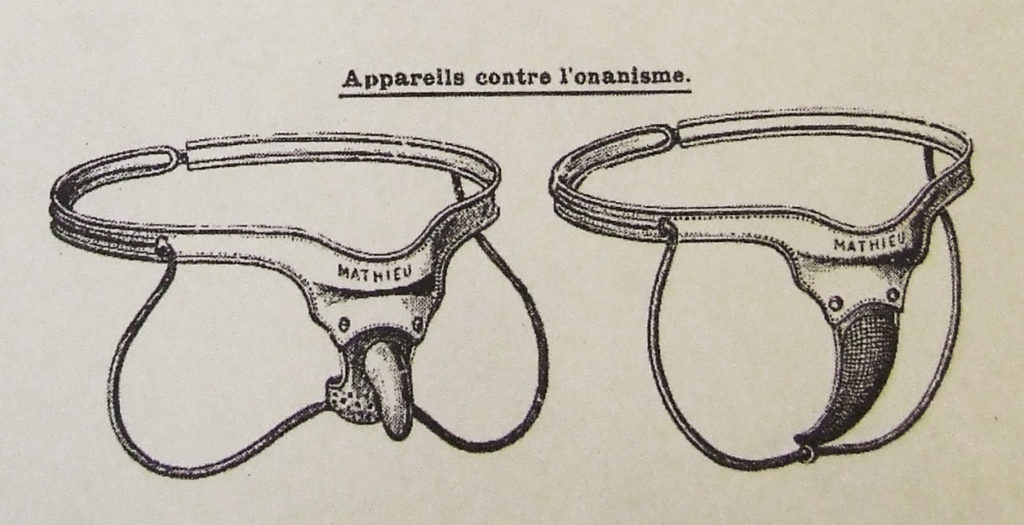
Not everyone is on board with the health benefits of masturbation. The fact that we get to talk about it at all nowadays is an important advancement. Society wasn’t always this open minded about self-pleasure but like most events in history it’s tolerance has ebbed and flowed depending on the culture and the time. In some ancient cultures, and even a few more modern ones, masturbation is thought of as a natural and normal part of life. There was a fervor against masturbation in the 18th, 19th century and early 20th century when not only was it a religious issue but a medical one. During this time medicine was still nothing much more than a guessing game laden with folk wisdom and very little actual science. Many treatises were written about the perils of masturbation. It was said to lead to a variety of maladies of the mind and body and often thought of as a disease that could have fatal consequences. Even naturally occurring nocturnal emissions were diagnosed as the disease Spermatorrhea. The Victorian era saw a plethora of anti-masturbation and nocturnal emission prevention device patents. Hard to believe these cruel and often painful devices were ever created much less used.
Jaws That Bite, Claws That Catch
Pointed teeth and sharp clamps seemed to be a popular Victorian idea for preventing erections which might lead to ejaculation or worse yet lure you to touch yourself then lead to ejaculation or orgasm. There were a variety of sheaths that used tiny teeth to wake the wearer in the hopes of stopping any potential night emissions. One of the most popular among anti-masturbation research articles is the Spermatorrhea ring or Jugum Penis. It has a teeth filled trap that went around the penis and was clipped so it was secured at the base. This device was sure to wake you if getting aroused during sleep thus deterring nocturnal emissions and masturbation. Not all painful measures used pointed teeth but other ways to use pain to wake the wearer. The Bowden device was a metal cover that was slipped over the penis and clipped to the pubic hairs. If you became aroused, it ripped out pubic hairs as a sure fire way to wake you. The pain of tearing out pubes would put a damper on that impending erection too.
Sheaths and Trusses
There were a variety of sheaths and trusses given patents in the Victorian Era. Sheaths seemed more of a rarity with trusses, basically male chastity belts, being more common. The goal was to either prevent your member from growing thus preventing the possibility of ejaculation and/or prevent yourself from touching and manipulating said erect penis. One example is a mechanical sheath created by Raphael Sonn in 1906. This tight metal sheath had a close enough fit that removal would cause intense pain or mutilation. It could only be opened with a tiny key. Harvey Stephenson’s Spermatic Truss patented in 1876 was a device that strapped the penis into a pouch that was then strapped to the leg to prevent erection. A later version of this device didn’t strap the penis to the leg but instead provided a spike-lined pouch to deter erections. Cage devices that were even recommended by medical journals may not necessarily have prevented erections but prevented being about to do anything with them. Fitting over the penis the cage would prevent masturbation by preventing the hand from coming into contact with the penis. You could also get a metal covering for the penis and testicles, sort of a steel codpiece worn under clothes, was a way to prevent the wearer from getting aroused or touching themselves. Examples of these metal casings show holes for urination and a bit of air circulation. It looks like they attached to your waistband or may have had a waistband of their own.

